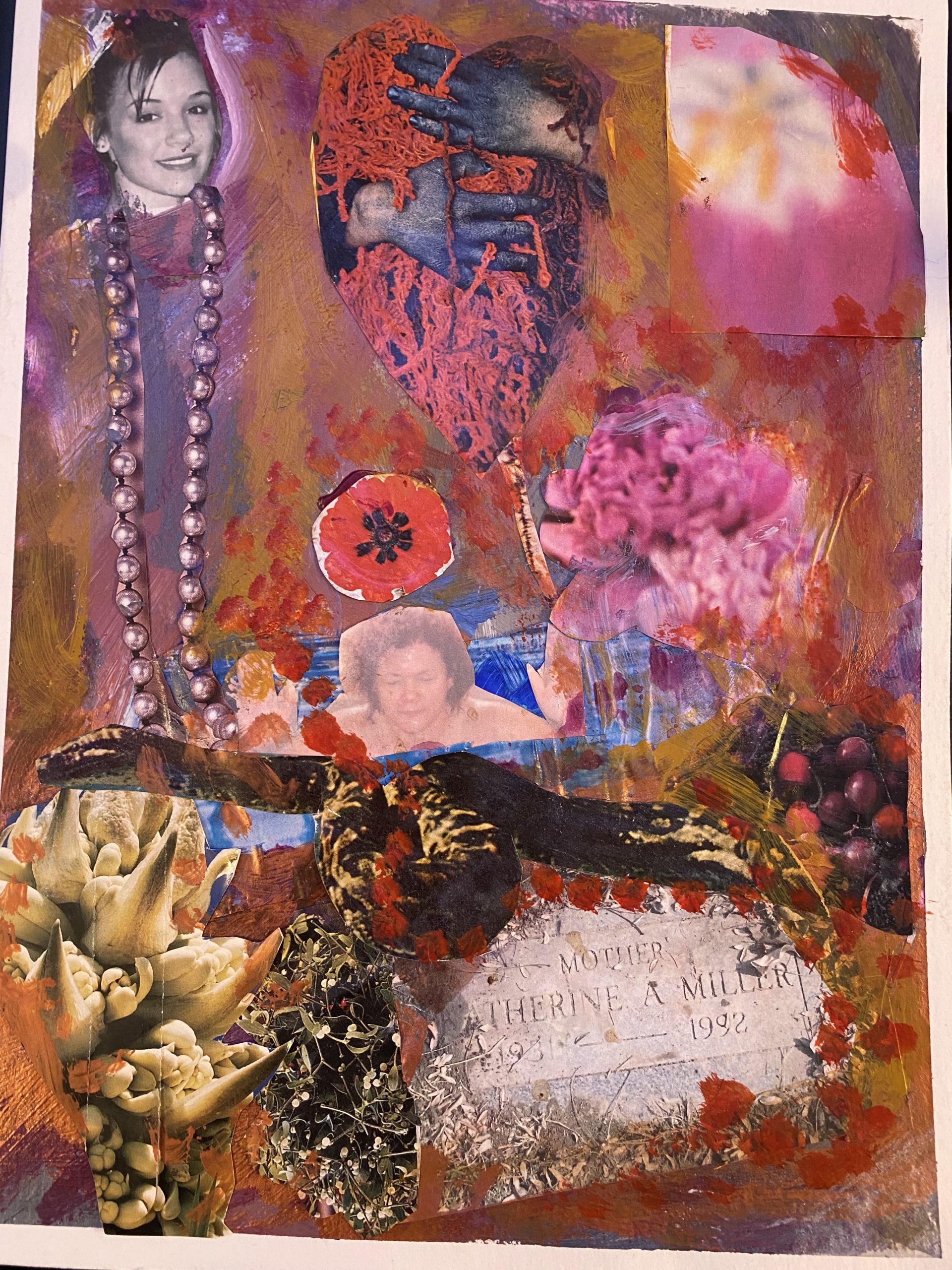As a young man, I was raised in a Catholic household. I attended Mass and was even an altar boy during my grade school days. Aside from my great grandmother’s wake, the funerals that I served as an altar boy was my primary exposure to how people grieved. Somewhere around the 5th grade, maybe 10 years old, I became an acolyte or altar boy. We learned the Mass in Latin and then had to learn it again in English once the Vatican changed the rules allowing the local language to be used in place of Latin.
There was a certain sincere formalness to serving a Mass in latin. All the prayers and hymns were beautiful in their archaic splendor. It captured a certain feeling that the soul was eternal and the Church was there to help the transition from the physical to the spiritual. The formalness offered relief from sadness in such a send off that must have been comforting. Yet, the comforting words that were spoken only touched the surface of what the grieving family members were going through.
Sermons meant to bring a loved ones life into focus.
After the funeral, the procession to the cemetery took place. There the final grave site prayers and goodbyes were said. This was the saddest part of the day when tears flowed and grief became a physical weight upon the family. It was the “after” service part of the day that offered a different and supportive element to the day filled with memories and goodbyes.
What followed was a luncheon/reception or family gathering to share a meal. This tradition started because people would travel distances to the memorial and prior to departing a small meal would be offered to send them off. What really happened was a feeding of the soul and the beginning to the process of healing.
It became an occasion for the church to open the doors and extend a welcome. Volunteers from the parish would prepare the meal. A much more informal sharing of grief would follow. Stories and cherished memories of the loved ones adventures and misadventures would be told. There would be laughter and a few tears but what impressed me was the sense that this gathering was a celebration of the life well lived.
Many Faiths have similar rituals that offer support to families at those moments of sorrow and grief. Just like they offer support to the joyous occasions. Our shared experiences are what begin to draw us together. There is a balm in these moments for the sore emotions and the tired physical treadmill that are part of saying goodbye. Recognizing that with tragic moments, there will also be gentler moments. That replenishment is available and will follow when you fill empty. When we share our tragedy we don’t have to carry as much of it. It reminds us that we are not alone and that people are willing to be there to help lift you.



Leave A Comment